Die Anschrift
304 Nordkardinal St.
Dorchester Center, MA 02124
Arbeitsstunden
Montag bis Freitag: 7:00 - 19:00
Wochenende: 10:00 - 17:00
Die Anschrift
304 Nordkardinal St.
Dorchester Center, MA 02124
Arbeitsstunden
Montag bis Freitag: 7:00 - 19:00
Wochenende: 10:00 - 17:00
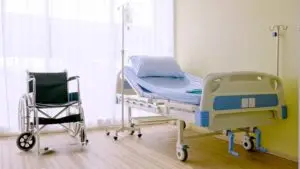
Bevor wir uns in die Inhalte vertiefen, würde ich mich freuen, wenn Sie mir auf meinen Social-Media-Plattformen folgen, wo ich weitere Einblicke gebe, mit der Community interagiere und Updates poste. So können Sie mit mir in Kontakt treten:
Facebook:https://www.facebook.com/profile.php?id=100071234835011
LinkedIn:https://www.linkedin.com/company/74943205/admin/dashboard/
YouTube:www.youtube.com/@shandongexpertmedicalequip4695
TikTok:www.tiktok.com/@expertmedical
Lassen Sie uns nun gemeinsam unsere Reise beginnen. Ich hoffe, Sie finden die Inhalte hier aufschlussreich, spannend und wertvoll.
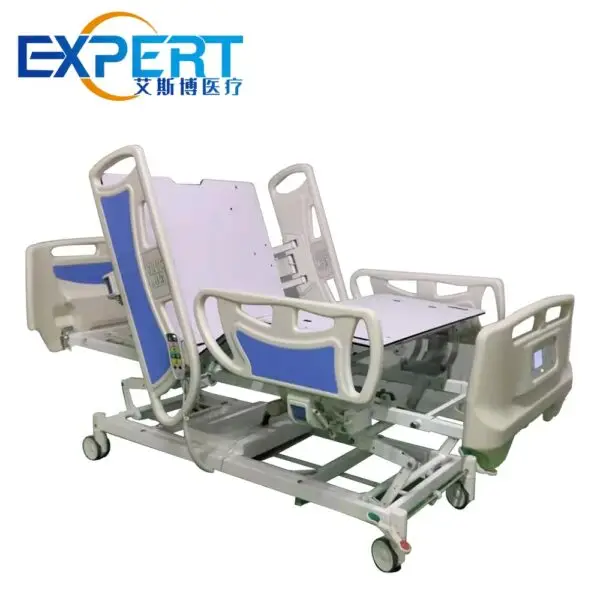
In the ever-evolving field of healthcare, advancements in medical equipment play a crucial role in enhancing patient care and improving operational efficiency. Among these advancements, new hospital beds stand out as a significant development. Modern hospital beds are designed not just for comfort but for efficiency, safety, and adaptability, addressing various challenges faced by healthcare providers.
In this blog post, we will explore how new hospital beds contribute to improving healthcare efficiency. We will examine their innovative features, the benefits they offer, and their impact on both patient care and hospital operations. By the end of this article, you will have a comprehensive understanding of how these advancements are transforming the healthcare landscape.
New hospital beds come equipped with a range of features that enhance their functionality and effectiveness in healthcare settings. Understanding these features is essential to appreciating how they contribute to improved healthcare efficiency.
Modern hospital beds offer advanced adjustability options, allowing healthcare providers to customize the bed’s position for various medical needs. These adjustments include the ability to elevate the head, foot, and height of the bed, providing optimal positioning for patient comfort and medical procedures.
Many new hospital bed come with integrated technology, such as electronic controls, remote monitoring, and automated alerts. These technologies streamline bed adjustments and monitor patient conditions, reducing the need for manual intervention and enhancing overall efficiency.
Pressure relief systems, such as specialized mattresses and cushioning, are incorporated into new hospital bed to prevent pressure ulcers and improve patient comfort. These systems help reduce the incidence of pressure sores, which can complicate recovery and increase healthcare costs.
Safety is a critical consideration in hospital bed design. New models often include features like bed exit alarms, side rails, and anti-slip surfaces to prevent falls and ensure patient safety. These features contribute to reducing the risk of accidents and improving patient outcomes.
New hospital beds are designed for easy mobility, often equipped with smooth-rolling casters and maneuverability features. This makes it easier for healthcare staff to reposition beds, transport patients, and facilitate cleaning and maintenance tasks.
The ergonomic design of new hospital beds focuses on improving the comfort and convenience of both patients and healthcare providers. Features such as adjustable bed heights and intuitive control panels reduce physical strain on healthcare workers and enhance patient comfort.
Infection control is a major concern in healthcare settings. New hospital beds often feature antimicrobial materials and easy-to-clean surfaces to minimize the risk of infection. These design elements contribute to a cleaner and more hygienic environment.
The introduction of new hospital beds brings several benefits to healthcare facilities. These benefits extend beyond patient comfort and directly impact the efficiency of healthcare delivery.
One of the primary benefits of new hospital beds is enhanced patient comfort. Adjustable features and pressure relief systems allow patients to find a comfortable position, which can aid in their recovery and overall well-being.
By incorporating user-friendly controls and mobility features, new hospital bed help healthcare staff perform their duties more efficiently. The ability to quickly adjust bed positions and easily move beds reduces the time and effort required for patient care and room management.
Pressure ulcers, also known as bedsores, are a significant concern in patient care. New hospital beds with advanced pressure relief systems help reduce the incidence of pressure ulcers, leading to better patient outcomes and lower treatment costs.
Safety features in new hospital bed, such as bed exit alarms and side rails, help prevent falls and other accidents. This contributes to a safer environment for patients, reducing the risk of injuries and associated complications.
Hospital-acquired infections are a major concern in healthcare settings. The use of antimicrobial materials and easy-to-clean surfaces in new hospital beds helps maintain a cleaner environment, reducing the risk of infections.
Modern hospital beds are designed to make efficient use of space. Their mobility features and compact design allow for better utilization of room space, enabling healthcare facilities to accommodate more patients and improve overall workflow.
While new hospital beds represent an investment, their long-term benefits include cost savings through reduced complications, lower infection rates, and improved staff productivity. The initial investment is offset by the enhanced efficiency and better patient outcomes.




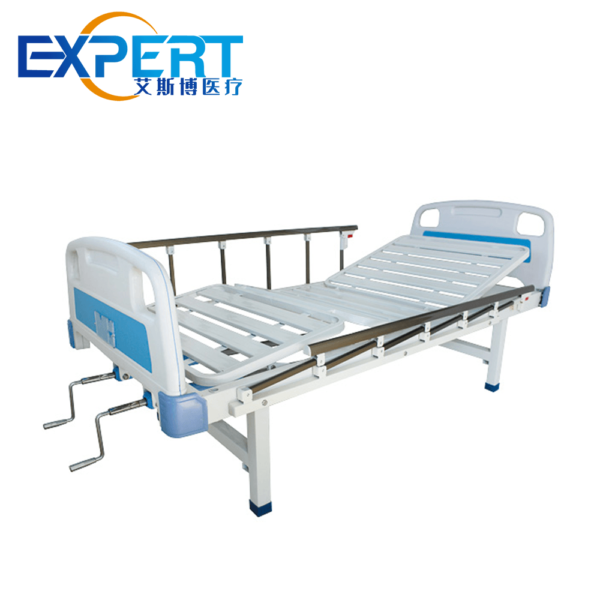


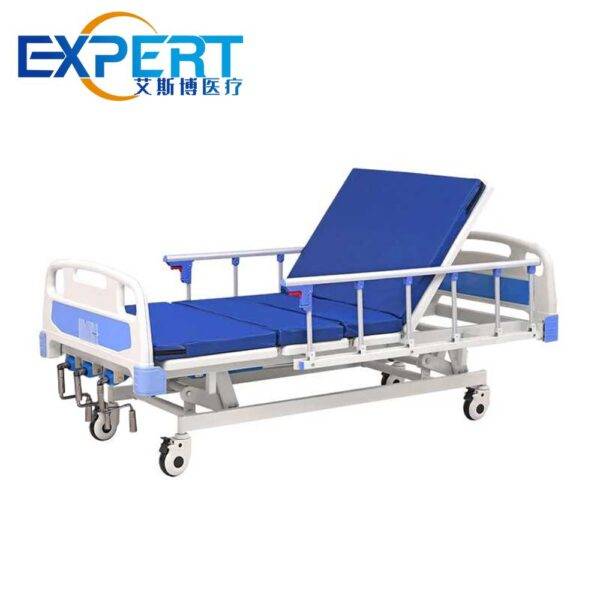
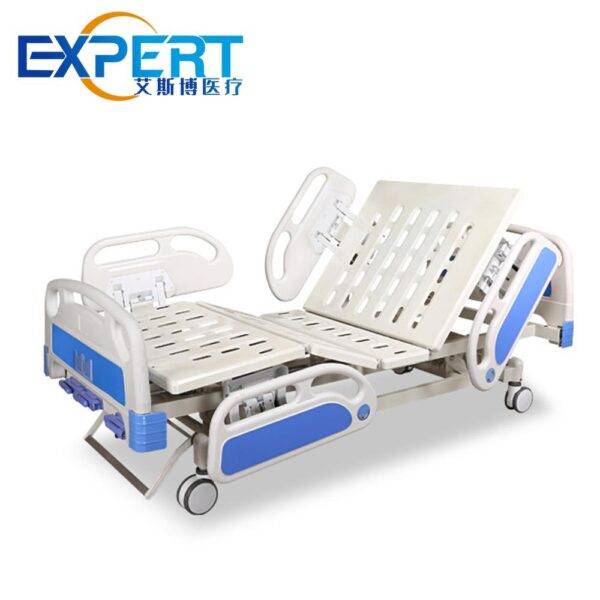
The integration of new hospital beds into healthcare facilities has a profound impact on daily operations. Understanding these effects helps highlight their role in improving overall healthcare efficiency.
New hospital beds facilitate streamlined patient care by allowing for easier adjustments and monitoring. This reduces the time spent on manual adjustments and enables healthcare providers to focus more on direct patient care.
The improved mobility and ergonomic design of new hospital bed contribute to a smoother workflow within healthcare facilities. Staff can more easily reposition beds, transport patients, and manage rooms, leading to more efficient operations.
With space optimization and efficient bed management, healthcare facilities can increase their patient capacity. This is especially important in busy hospitals where maximizing space and resources is crucial for accommodating patient needs.
The user-friendly features of new hospital beds simplify training for healthcare staff. Easy-to-use controls and automated systems ensure that staff can quickly adapt to the equipment and comply with best practices for patient care.
Many new hospital bed come with integrated technology that allows for data collection and analysis. This data can be used to make informed decisions about patient care, bed management, and overall facility operations.
| Besonderheit | Traditional Hospital Beds | New Hospital Beds |
|---|---|---|
| Verstellbarkeit | Limited adjustment options | Advanced adjustability features |
| Technology | Basic manual controls | Integrated electronic controls |
| Pressure Relief | Basic or no pressure relief systems | Advanced pressure relief systems |
| Sicherheitsvorrichtungen | Standard side rails | Enhanced safety features (e.g., alarms) |
| Mobilität | Often less maneuverable | Easy mobility with smooth-rolling casters |
| Infektionskontrolle | Standard materials | Antimicrobial materials and easy-to-clean surfaces |
| Ergonomie | Basic design | Ergonomic design with user-friendly controls |
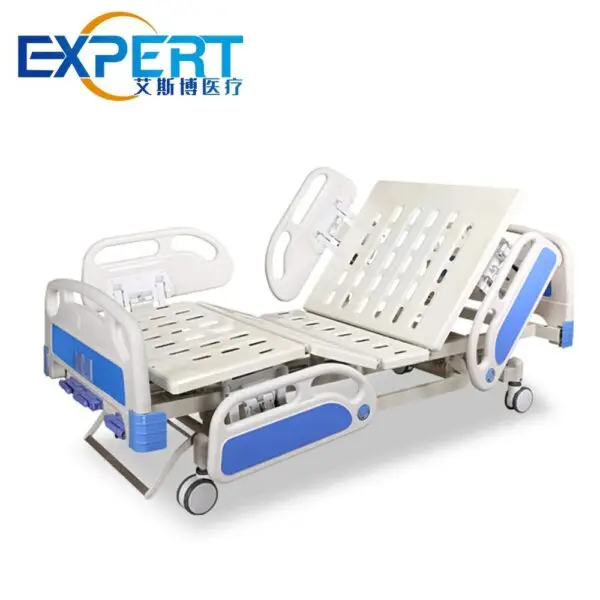
Proper maintenance ensures that new hospital bed continue to perform effectively and remain in good condition. Here are some tips for maintaining these beds:
Perform regular inspections of hospital beds to check for any signs of wear or malfunction. This includes checking mechanical components, electronic controls, and safety features to ensure they are functioning correctly.
Clean hospital beds regularly using appropriate disinfectants to prevent the buildup of contaminants and maintain a hygienic environment. Pay special attention to areas that come into direct contact with patients.
Address any repairs or maintenance issues promptly to prevent further damage. This includes fixing mechanical problems, replacing worn parts, and updating software or electronic systems as needed.
Ensure that healthcare staff are trained in the proper use and maintenance of new hospital beds. Proper training helps prevent misuse and ensures that the equipment is used effectively to benefit patient care.
Keep detailed records of maintenance activities, repairs, and inspections. This documentation helps track the performance of hospital beds and ensures compliance with healthcare regulations and standards.
New hospital beds represent a significant advancement in healthcare technology, offering numerous benefits that enhance both patient care and operational efficiency. With features designed for comfort, safety, and ease of use, these beds are transforming the way healthcare facilities manage patient care and optimize their resources.
By investing in new hospital bed, healthcare providers can improve patient outcomes, increase staff efficiency, and create a safer and more effective environment. The ongoing evolution of medical equipment continues to shape the future of healthcare, and new hospital beds are a prime example of how innovation leads to better healthcare delivery.
What are the main benefits of neue Krankenhausbetten?
New hospital beds offer benefits such as improved patient comfort, increased staff efficiency, enhanced safety features, better infection control, and optimized space utilization. These advantages contribute to overall healthcare efficiency and better patient outcomes.
How do new hospital bed differ from traditional ones?
New hospital bed differ from traditional ones in terms of advanced adjustability, integrated technology, pressure relief systems, safety features, mobility, and infection control. These improvements enhance the functionality and effectiveness of the beds in healthcare settings.
Are neue Krankenhausbetten suitable for all types of patients?
Yes, new hospital beds are designed to accommodate a wide range of patients, including those with various medical conditions and needs. Features such as adjustable positioning and pressure relief systems make them adaptable to different patient requirements.
How can healthcare facilities maintain new hospital beds?
Healthcare facilities should perform regular inspections, routine cleaning, address repairs promptly, train staff, and keep detailed documentation to maintain new hospital beds. Proper maintenance ensures the equipment remains in good condition and continues to function effectively.
What role does technology play in neue Krankenhausbetten?
Technology plays a crucial role in new hospital beds by providing electronic controls, remote monitoring, automated alerts, and data collection capabilities. These technological advancements enhance the functionality, efficiency, and safety of the beds.